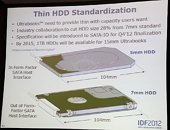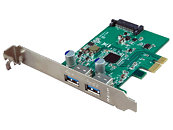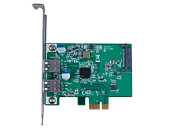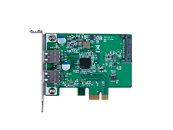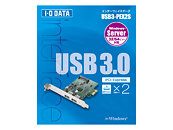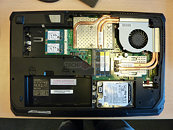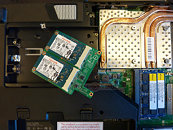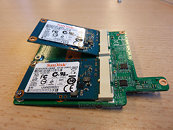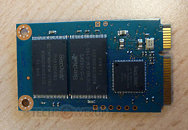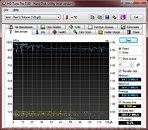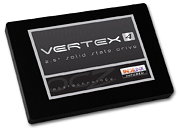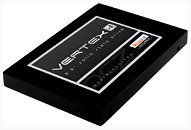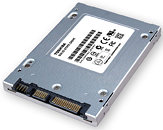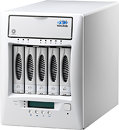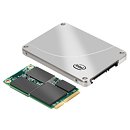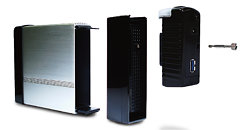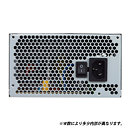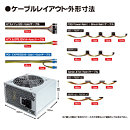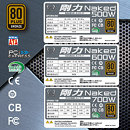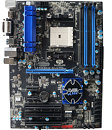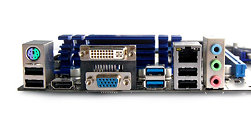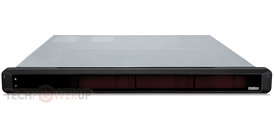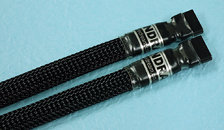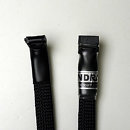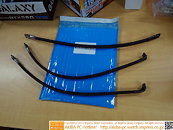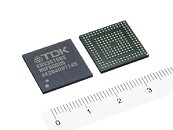
7 mm Won't Cut It, Intel Wants 5 mm-Thick Drives for Ultrabooks
Custodian of the Ultrabook specification, Intel pushed the storage industry to churn out slimmer devices to go with increasingly slimmer Ultrabooks sold by the various partner ODMs in the ecosystem. Even as HDD and SSD makers have only just come up with 7 mm-thick storage devices, Intel has a fresh list of changes it wishes to see with storage devices in the very near future, to be able to make it to the constantly-evolving Ultrabook specification. Intel wants near-future storage devices (SSDs and HDDs) to be no thicker than 5 mm.
Further, it wants to see the standard SATA host interface changed from "around" (out of) form, to "along" (inside) form host interface, which further slims down the drive compartment. These proposals were floated at IDF, Beijing. While coming up with slimmer SSDs was never really a tough task for SSD makers, as SSDs are essentially just millimeter-thick printed circuit boards with millimeter-thick components (controller logic, NAND flash memory, and ancillaries), it posed a huge technical challange to mechanical HDD designers, who have had to slim down key components that work to maintain inertial motion of spinning platters. This new proposal for 5 mm-thick HDDs could pose a newer, tougher desgin challenge.
Further, it wants to see the standard SATA host interface changed from "around" (out of) form, to "along" (inside) form host interface, which further slims down the drive compartment. These proposals were floated at IDF, Beijing. While coming up with slimmer SSDs was never really a tough task for SSD makers, as SSDs are essentially just millimeter-thick printed circuit boards with millimeter-thick components (controller logic, NAND flash memory, and ancillaries), it posed a huge technical challange to mechanical HDD designers, who have had to slim down key components that work to maintain inertial motion of spinning platters. This new proposal for 5 mm-thick HDDs could pose a newer, tougher desgin challenge.
